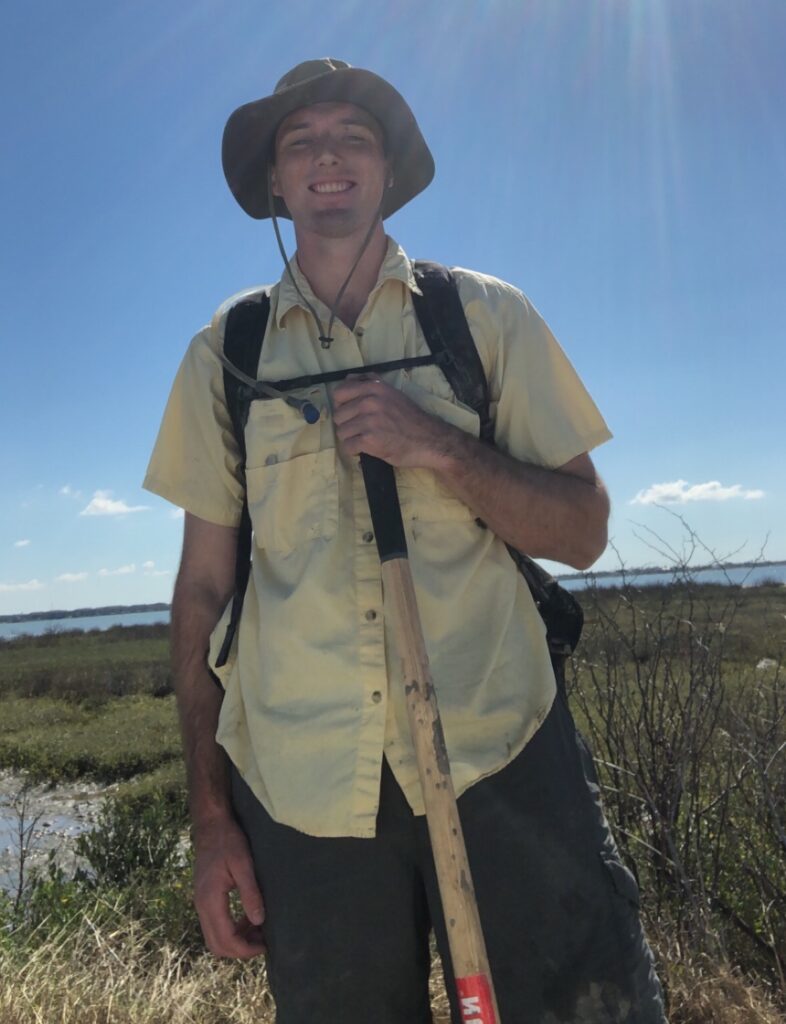
Ph.D. Candidate, Texas A&M University Corpus Christi
Field Travel Grant Type 1
Biomass Allocation in Black Mangroves (Avicennia germinans) Across an Aridity Gradient Along the Texas Gulf Coast
“Globally, climate patterns are rapidly shifting due to warming temperatures. Some regions, such as the Southern Texas Gulf Coast, are expected to have increased aridity due to this phenomenon (i.e., increased evapotranspiration and salinity, decreased mean annual precipitation and humidity). Increasing aridity will almost certainly have a massive impact on the vital vegetation that provides foundational support to the structure and function of the coastal ecosystem. Avicennia germinans, the Black Mangrove, is one of the vegetative foundation species, which provides habitat to diverse fauna, generally high rates of carbon sequestration, and protection against coastal erosion and sediment elevation subsidence. These characteristics are influenced by the physical structure of A. germinans, which in turn, is influenced by environmental factors (i.e., Aridity) that may alter its physical structure. However, the effect aridity has on the physical structure of A. germinans is unknown. To understand how aridity influences the physical structure of A. germinans, we will collect samples along a latitudinal gradient of aridity to determine how biomass is affected and distributed in the roots, stems, and leaves. By determining the effect of aridity on the structure of A. germinans, we will have a better understanding of the risks to our coast in terms of loss in protection from erosion, sediment elevation collapse, and rates of carbon sequestration.”
